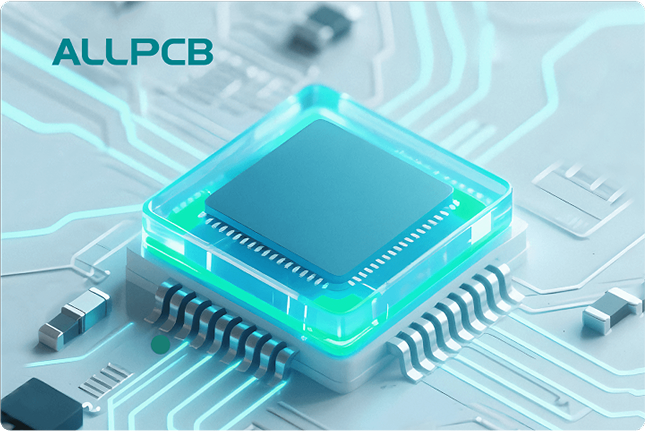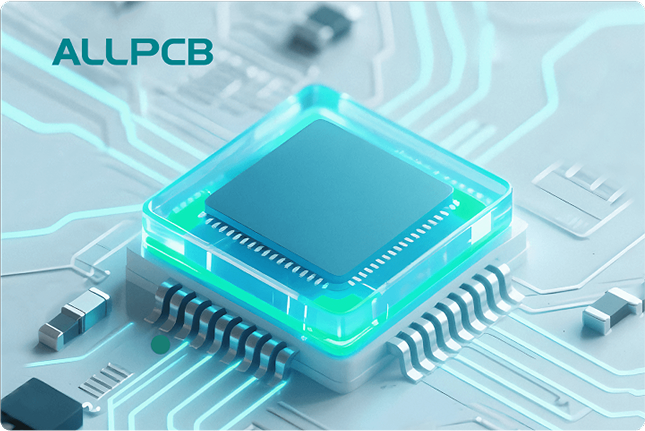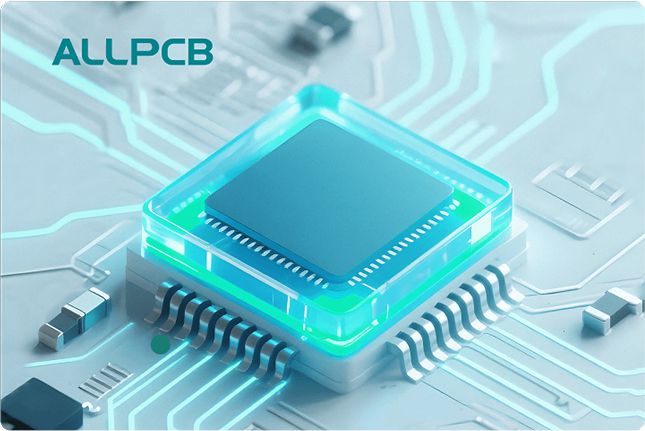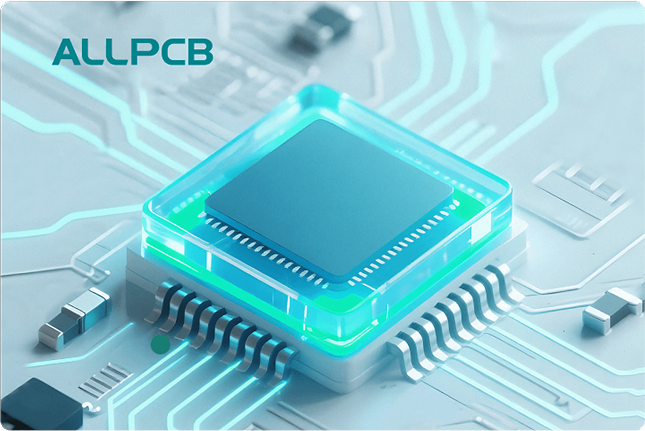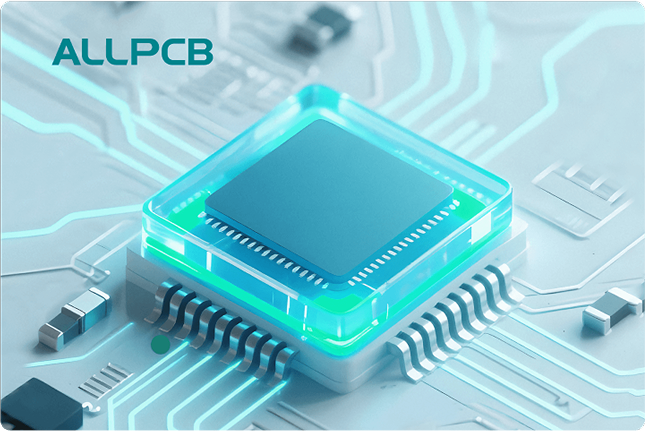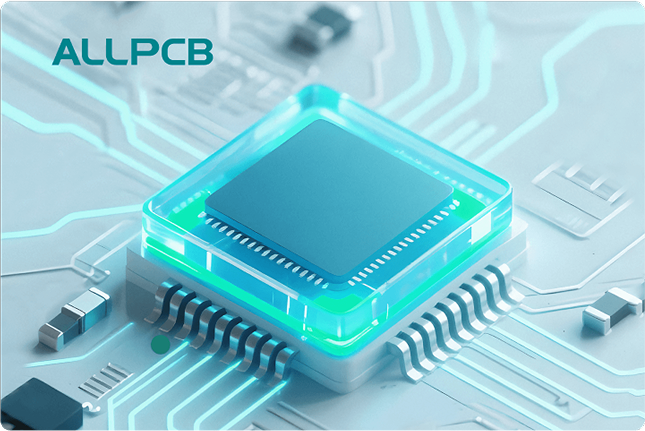Efficient component sourcing for printed circuit board (PCB) assembly is a critical step in ensuring high-quality, cost-effective, and timely production of electronic devices. For engineers, sourcing components involves balancing quality, availability, cost, and compatibility while navigating a complex global supply chain. A poorly executed sourcing strategy can lead to delays, increased costs, or even project failures due to substandard parts. In this guide, we'll walk you through a structured approach to sourcing components for PCB assembly, drawing from industry best practices to help you streamline the process and achieve reliable results.
Whether you're designing a prototype for a startup or scaling production for a high-volume product, understanding how to source components efficiently can make or break your project. Let's dive into the key steps and strategies to ensure success.
Why Component Sourcing Matters for PCB Assembly
Component sourcing directly impacts the performance, reliability, and cost of your PCB assembly. Choosing the right components ensures that your PCB meets design specifications, such as signal integrity (e.g., maintaining impedance values around 50 ohms for high-speed signals) and thermal performance (e.g., components rated for temperatures up to 125°C for automotive applications). Poor sourcing decisions can result in issues like component obsolescence, counterfeit parts, or supply chain delays, which can halt production or compromise product quality. For instance, a 2023 industry report noted that 68% of electronics manufacturers faced delays due to supply chain disruptions, underscoring the importance of strategic sourcing.
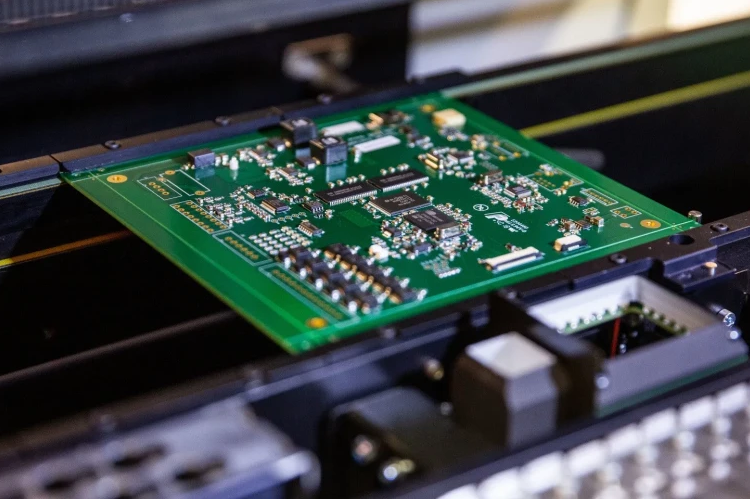
Step 1: Define Your Component Requirements
The foundation of efficient sourcing starts with a clear understanding of your PCB's technical requirements. Begin by creating a detailed Bill of Materials (BOM) that specifies:
- Component Types: Identify the types of components needed, such as resistors, capacitors, integrated circuits (ICs), or connectors. For example, a high-frequency PCB might require capacitors with low equivalent series resistance (ESR) values, typically below 0.1 ohms.
- Specifications: Include parameters like voltage ratings, tolerance levels (e.g., ±1% for precision resistors), and package sizes (e.g., 0402 for compact SMT designs).
- Quantity: Estimate the number of components for prototyping and production, factoring in spares for testing (e.g., 10% extra for potential defects).
- Environmental Requirements: For applications like aerospace or automotive, select components that meet standards like AEC-Q100 for automotive reliability or MIL-PRF-55342 for military-grade resistors.
A well-defined BOM minimizes errors during sourcing and ensures compatibility with your PCB design. Use PCB design software like Altium Designer or KiCad to generate an accurate BOM, which can be shared with suppliers for precise quoting.
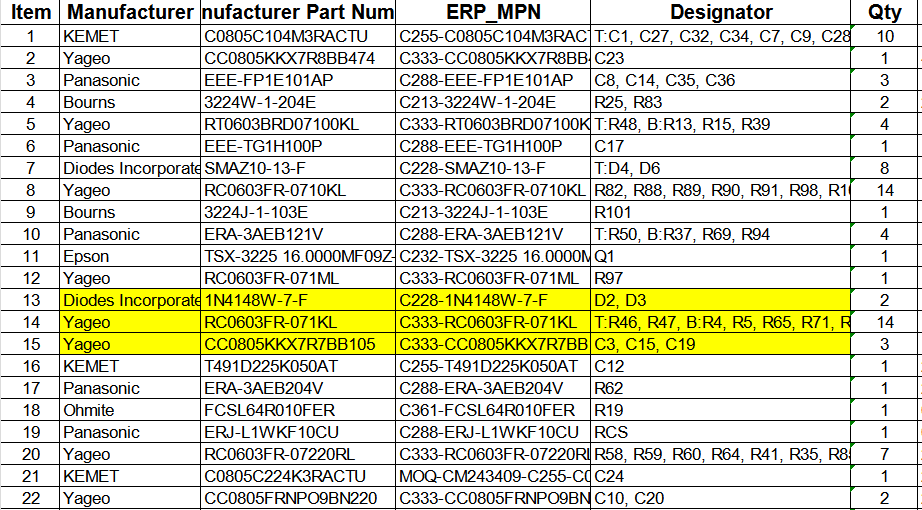
Step 2: Choose Reliable Suppliers
Selecting trustworthy suppliers is crucial to avoid counterfeit components, which can cause failures in critical applications. According to a 2022 study by the Electronic Components Industry Association (ECIA), counterfeit parts cost the electronics industry $100 billion annually. To mitigate risks:
- Work with Authorized Distributors: Source from reputable distributors like DigiKey, Mouser, or Arrow Electronics, which provide traceability and authentication for components. These distributors partner with manufacturers like Texas Instruments or Murata to ensure quality.
- Verify Supplier Credentials: Check for certifications like ISO 9001 or AS9120, which indicate adherence to quality standards. For example, AS9120 is critical for aerospace applications.
- Request Documentation: Ask for certificates of conformance (CoC) or test reports to verify component authenticity. For instance, a CoC for an IC should confirm it meets the manufacturer's specifications, such as a 3.3V operating voltage.
For high-volume production, consider negotiating with distributors for bulk discounts, which can reduce costs by 10-20% depending on order size.
Step 3: Optimize for Cost and Availability
Balancing cost and availability is a key challenge in component sourcing. To optimize your strategy:
- Compare Prices Across Suppliers: Use platforms like Octopart or FindChips to compare prices and availability from multiple distributors. For example, a 10µF ceramic capacitor might cost $0.05 at DigiKey but $0.08 at a smaller distributor, impacting costs for large orders.
- Check Lead Times: Avoid components with long lead times (e.g., 12-16 weeks for certain microcontrollers) that could delay production. In 2024, lead times for some ICs reached 20 weeks due to global chip shortages.
- Select Standard Components: Opt for widely available components with multiple manufacturers to reduce the risk of obsolescence. For instance, choosing a generic 0805 resistor over a proprietary part ensures easier sourcing.
- Consolidate Your BOM: Reduce the number of unique components to simplify procurement and lower costs. For example, using a single 1kΩ resistor across multiple circuits instead of various values can streamline purchasing.
By prioritizing cost-effective and readily available components, you can avoid supply chain bottlenecks and keep your project on budget.

Step 4: Address Supply Chain Risks
Global supply chain disruptions, such as those caused by geopolitical tensions or natural disasters, can derail PCB assembly timelines. To mitigate these risks:
- Diversify Suppliers: Source components from multiple distributors across different regions to avoid dependency on a single supplier. For example, sourcing capacitors from both DigiKey (US-based) and LCSC (China-based) provides flexibility.
- Monitor Obsolescence: Use lifecycle management tools like SiliconExpert to track component availability. If a component like a specific ARM Cortex-M4 microcontroller is nearing end-of-life, identify a drop-in replacement with compatible pinouts and specifications.
- Maintain Buffer Stock: Keep a small inventory of critical components (e.g., 5-10% of annual needs) to cushion against unexpected shortages. This is particularly important for high-reliability applications like medical devices.
Proactive risk management ensures your project stays on track, even during supply chain volatility.
Step 5: Leverage Design for Manufacturability (DFM)
Design for Manufacturability (DFM) principles can streamline component sourcing and assembly. By aligning your design with manufacturing capabilities, you reduce sourcing challenges:
- Standardize Component Packages: Use common package sizes like 0603 or 0805 for passive components to simplify procurement and assembly. Non-standard packages may require custom sourcing, increasing costs by 15-30%.
- Minimize Component Count: Replace multiple discrete components with integrated solutions, such as a single IC that combines multiple functions. For example, a power management IC can reduce the need for separate regulators and capacitors, cutting BOM costs by up to 20%.
- Collaborate with Manufacturers: Share your BOM and design files with your PCB manufacturer early to identify potential sourcing issues. They can recommend alternative components or suppliers based on their experience.
DFM not only improves sourcing efficiency but also enhances the manufacturability of your PCB, reducing errors during assembly.
Step 6: Test and Validate Components
Before committing to large-scale sourcing, validate components to ensure they meet your design requirements:
- Prototype Testing: Build a small batch of PCBs to test component performance under real-world conditions. For example, verify that a 100 MHz oscillator maintains signal integrity at high frequencies.
- In-Circuit Testing (ICT): Use ICT to check component functionality within the assembled PCB. This is critical for complex components like BGAs, which require X-ray inspection to verify solder joint quality.
- Environmental Testing: For harsh environments (e.g., automotive or aerospace), test components for thermal cycling (e.g., -40°C to 85°C) and vibration resistance per industry standards like IPC-6012.
Thorough testing prevents costly rework and ensures your PCB performs reliably in its intended application.
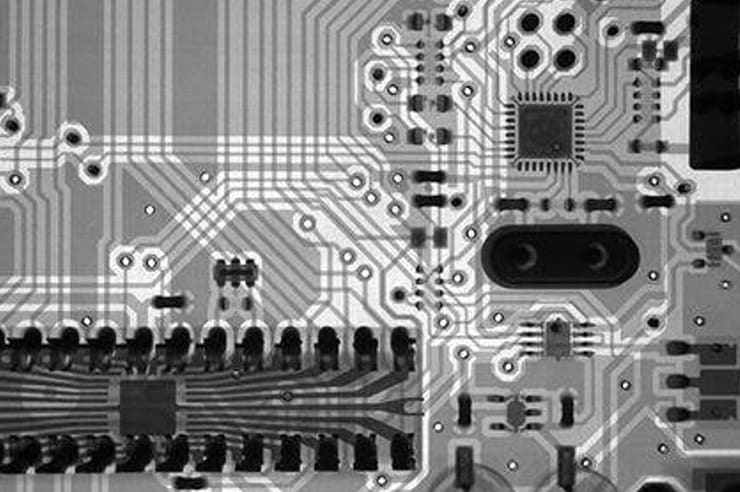
How ALLPCB Supports Efficient Component Sourcing
At ALLPCB, we understand the complexities of component sourcing and offer tailored solutions to simplify the process for engineers. Our global logistics network ensures access to reliable suppliers, while our quick-turn prototyping services allow you to test components rapidly before scaling to production. With advanced manufacturing capabilities, including automated SMT and through-hole assembly, we help you align your BOM with cost-effective, high-quality components. By partnering with ALLPCB, you can streamline sourcing, reduce lead times, and focus on designing innovative electronics.
Conclusion
Efficient component sourcing for PCB assembly requires careful planning, from defining requirements and selecting reliable suppliers to optimizing costs and mitigating risks. By following a structured approach—creating a detailed BOM, choosing trusted distributors, addressing supply chain challenges, applying DFM principles, and validating components—you can ensure your PCB project is successful. With the right strategies, you'll not only meet design specifications but also deliver reliable, cost-effective products on time.
 ALLPCB
ALLPCB


